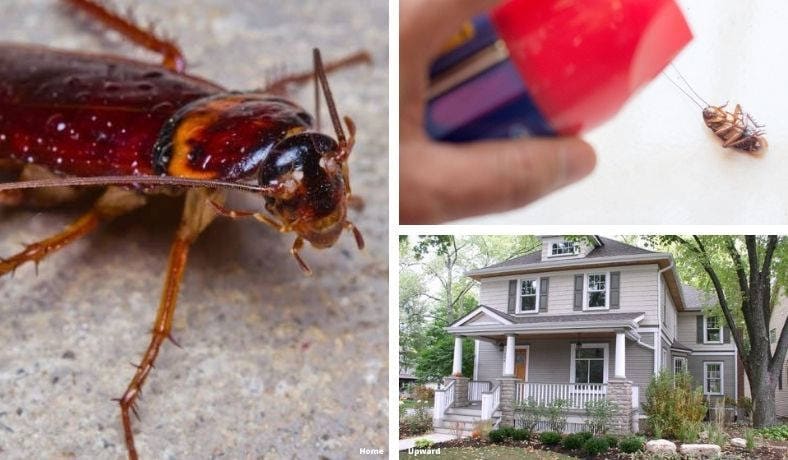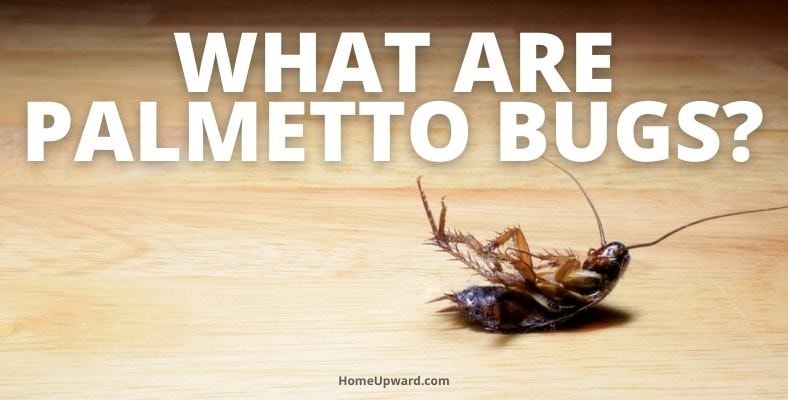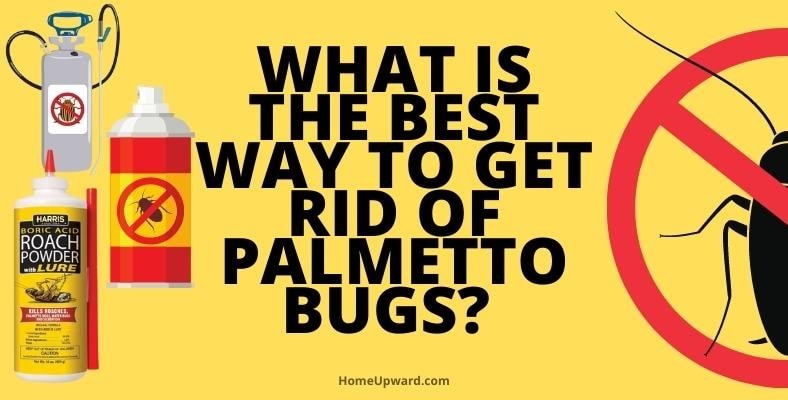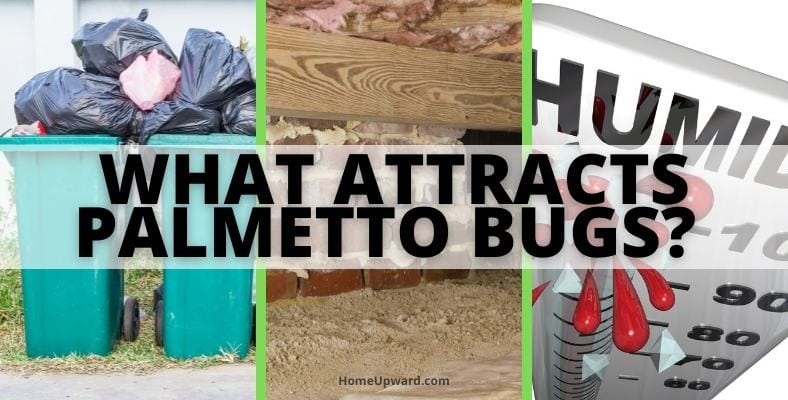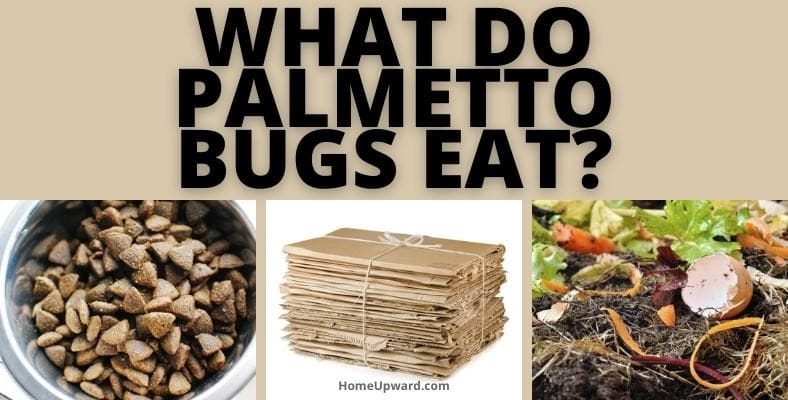Pests of any kind can be a real nightmare for any homeowner, and one such insect is no exception—the Palmetto bug.
Palmettos bugs are notorious for being unafraid of humans, but even more worrisome is that they can adapt to extreme environments. It may seem like the only way to get rid of these troublesome pests is by hiring a professional, but there is light at the end of the tunnel.
If you’re wondering how to get rid of palmetto bugs in your home here are a few tips you can follow.
Contents
What Are Palmetto Bugs?
While there are different types of cockroaches that have been associated with a Palmetto bug, it is just like the American cockroach. These creatures enjoy living in warm climates and are found more often along coastlines.
Its name originates from the Palmetto tree with fan-shaped leaves where these bugs are often found living ( and hopefully not inside your home). People often have issues with these pests because they can be quite difficult to get rid of when an infestation occurs.
They are typically found in the Southeastern region of the United States, in states such as Florida and South Carolina, where living conditions are suitable for their survival.
What Do Palmetto Bugs Look Like?
Palmetto bugs can range anywhere in length from 1/2 inch up to two inches and are typically either brown or mahogany color. They are also known to have a yellowish band-like structure around their heads.
It is one known species of cockroach of more than 4,000 known throughout the world.
These pests are a problem because they can easily live in either an outdoor or indoor environment.
What Is the Best Way to Get Rid of Palmetto Bugs?
Palmetto bugs can carry dangerous bacteria that can make us sick, and they can attract more roaches into your house as well as with the pooh they leave behind.
Thankfully, there are pest control solutions that don’t require you to touch them.
Set up boric acid bait stations around your property. One creative way to make it “bait” is to mix it with sugar and flour (make sure to use gloves) and place it where palmetto bugs are likely to enter.
Insecticides are effective, but you need to know where and how to use them.
- Exterior walls should be sprayed thoroughly, and make sure to focus on the intersection where the walls and ground meet.
- Treatment on the inside should focus on corners, attic entryways, electrical outlets, and other small spaces.
What Are Signs Of A Palmetto Bug Infestation?
It can be difficult to know you have Palmetto bugs because they are more active in the night, but there are things to look out for. They give off a musty smell that is quite noticeable, or you can often see sheds of skin left behind that look like crushed red pepper flakes.
Do Palmettos Bugs Bite People?
It is highly unlikely that any species of Palmetto bug will bite humans, but have been known to when the infestation is severe. However, bites are not serious, and you should be more concerned about the pathogens they transmit.
How To Keep Palmetto Bugs Out of Your House?
As with any other kind of pest control, prevention is your best medicine.
Search for and seal cracks in the home’s foundation where Palmetto bugs can enter. Also, look for any gaps near doorways, attics, or windows.
Materials that can be recycled like boxes and cans should be kept outside. Make it a point of duty to reduce clutter inside your home and clean up any spills immediately and don’t leave pet food to sit out overnight.
Don’t leave your sink filled with water and fix any leaking pipes that can be an invitation for unwelcome guests. If possible, vacuum your carpets and clean hardwood or tile floor surfaces regularly.
Below is a list of other common places where Palmetto bugs can lurk:
- Hollow trees and shrubs
- Near your sprinkler systems
- Near pools and sewers
- Near or under shingles of roofs
In summary, keeping a tidy home free from clutter will help keep Palmetto bugs at bay and focus on sealing openings where small critters can enter.
What Attracts Palmetto Bugs?
Palmetto bugs can enter your house for a variety of reasons. Knowing these reasons can help keep them out of your home.
Two things these pests love are humidity and warmth, and they’ll typically eat any type of decaying matter.
More importantly, to understand, the Palmetto bug needs a constant water source for survival, and they are often found in areas with high moisture like bathrooms, near dishwashers, and crawlspaces.
Palmetto bugs do prefer to be outside, but they’ll make your home their new habitat without proper ways of preventing them as we’ve discussed earlier. Also, this particular species of cockroach tends to move towards a light source.
One of the best ways to prevent them is to make your home as dry as you can. It wouldn’t be a bad idea to invest in a dehumidifier for damp areas of the home, such as the basement.
What do Palmetto Bugs eat?
Many people don’t realize that a palmetto bug is actually an omnivore, so it eats plants and meat. They can look for any constant food source, such as scraps in your garage, hairs, cardboard, and dog food.
Palmetto bugs have even been known to eat mold or pieces of soap. If you have fruit trees outside, clean up the ground around them frequently.
Always store your trash in an airtight container to prevent an infestation.
How Long Do Palmetto Bugs Live?
A Palmetto bug is one of the most adaptable insects on the planet.
Many of them can live up to a year or even longer. Females usually live longer than males.
They are hard to get rid of because they can live a few months without food and even up to a month without water. They have adapted to live as a survivalist which makes prevention techniques even more important.

